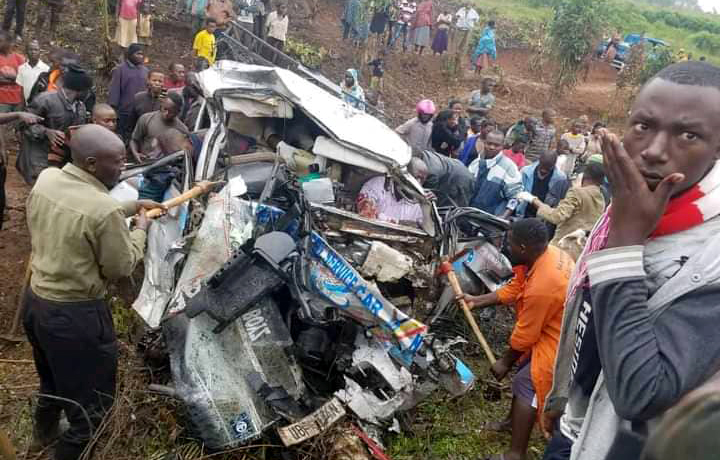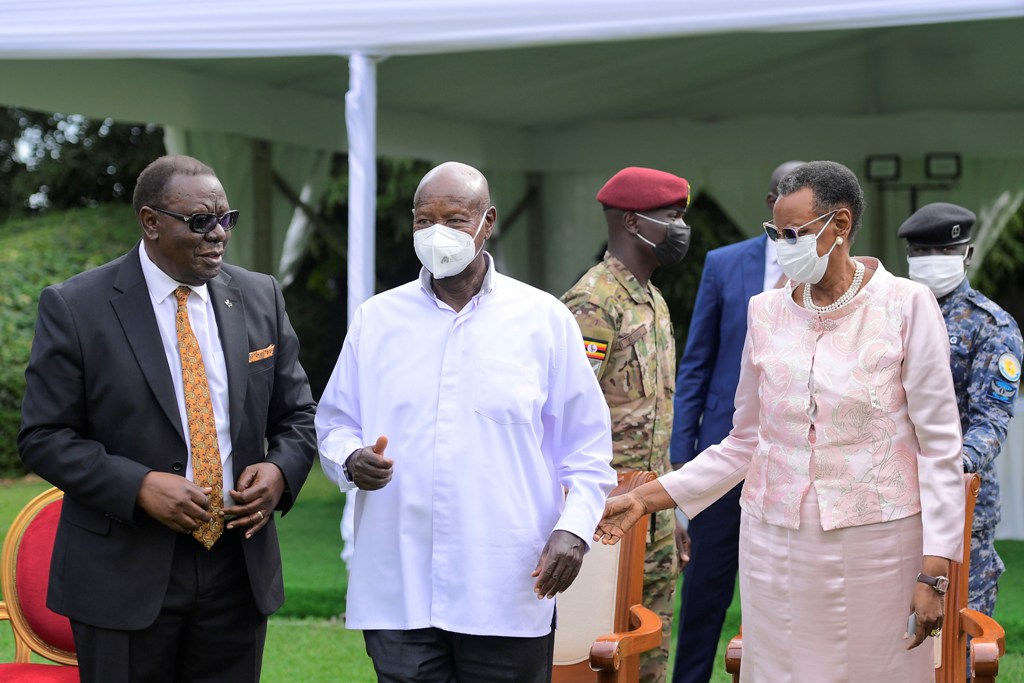Uganda’s roads: Are they death traps or safe havens?
Speaking on the grim report, Michael Kananura, spokesperson for the Traffic and Road Safety Directorate, emphasized that most of these crashes are preventable.

Uganda’s roads are becoming notorious death traps, with recent statistics revealing a staggering 98 lives lost in road crashes in just seven days.
From pedestrians to motorcyclists, the toll has been devastating, raising urgent questions about safety on the country’s highways.
Among the victims, 20 were pedestrians, 34 motorcyclists, and 44 passengers—many of whom were on motorcycles or in vehicles. Shockingly, motorcycles accounted for 48% of fatal accidents, sparking fresh concerns about the ever-present dangers faced by boda boda riders.
Speaking on the grim report, Michael Kananura, spokesperson for the Traffic and Road Safety Directorate, emphasized that most of these crashes on Uganda’s roads are preventable.
“If people remain vigilant and follow traffic rules, we can avoid these tragedies,” he said. He also blamed the surge in fatalities on excessive speeding and reckless driving.
But it’s not just up to the Police. Kananura stressed that everyone—drivers, passengers, pedestrians—has a part to play in curbing road carnage.
New community initiatives, including school outreach programs and campaigns at boda boda stages and bus parks, aim to educate the public on how to report dangerous drivers.
The Police have even launched a toll-free line (0800199099) where citizens can report reckless motorists by providing details like the offense, location, and vehicle registration number, offering a lifeline to those at risk.
In an urgent plea, Kananura highlighted the importance of wearing helmets, particularly for boda boda riders, as one critical step towards reducing fatalities.
As Uganda’s roads safety remains a shared responsibility, the police call on Ugandans to act before another week of tragic losses unfolds.
It’s reported by Daily Monitor that in July last year, parliament came up with a raft of measures to reduce carnage on the roads.
It came just days after businessman Apollo Nyegamehe, aka Aponye, died in a car crash on the Kabale- Mbarara Highway on his way to Rukiga District. His car rammed into a stationary truck that was parked on the roadside without any warning signs.
It was the latest in car accidents that had been attributed to stationary vehicles on highways. Earlier last year, at least 19 people died and 21 others were injured after a bus rammed into a stationary trailer at Adebe Trading Centre on the Kampala-Gulu Highway.
Among the resolutions that the Parliament meeting, attended by officials from Ministry of Works, Uganda National Roads Authority (Unra), police and the health ministry, came up with was that the Road Act, 2019, be quickly revised to include regulations to put into practice Sections 57, 58 and 59 of the law providing for the towing and auctioning of vehicles that are abandoned on highways.
But as was witnessed at the Kaihura accident, stationary cars on highways are still a problem in Uganda. According to the 2023 annual crime report, a total of 23,608 road crashes were recorded by traffic police, with 4,179 categorized as fatal.
The causes of most accidents in Uganda are well-known and have been documented over time. Laws have been made to deal with the same, but statistics show that the numbers keep going up.







